Besides great potential, Vietnam's fruit and vegetable industry is facing many challenges when exporting to the Chinese market.
Huge potential for exporting vegetables and fruits to China
On the afternoon of November 12, the Trade Promotion Agency ( Ministry of Industry and Trade ) held a workshop on "Potential for exporting official fruit and vegetable products to the Chinese market".
Speaking at the workshop, Mr. Dang Phuc Nguyen - General Secretary of the Vietnam Fruit and Vegetable Association said: " China has a large population of 1.4 billion people, is the second largest economy in the world. Therefore, the demand for fruits and vegetables is increasingly large, especially tropical fruits that Vietnam has the advantage of producing in large quantities and good quality ."
 |
| Mr. Dang Phuc Nguyen - General Secretary of the Vietnam Fruit and Vegetable Association shared online at the workshop. Photo by Phuong Cuc |
According to experts, Vietnam has the potential to become one of the world 's important fruit exporters, and for China in particular. Vietnam has an area of about 1.2 million hectares of fruit trees with a total output of over 14 million tons harvested annually.
Due to geographical conditions, Vietnam is located next to the world's largest fruit and vegetable consumption market. Every year, China imports more than 15% of the world's fruit and vegetable export output (fruit and vegetables worth 17 billion USD or more). This import turnover has grown at least 10% every year.
Currently, Vietnam is officially exporting to China a number of specialty fruits such as durian, jackfruit, dragon fruit, banana, mango, longan, lychee, watermelon, rambutan, mangosteen, passion fruit. In addition, there are sweet potatoes and black ginseng. Vietnam's fruit and vegetable export turnover in 2023 reached 5.6 billion USD, of which China alone accounted for 3.63 billion, accounting for nearly 65% of Vietnam's total fruit export turnover. In 2024, Vietnam's fruit and vegetable export turnover is expected to be about 7.5 billion USD, of which China alone will reach over 5 billion, accounting for about 70% of the volume.
Meanwhile, according to Mr. Dang Phuc Nguyen, Chinese consumers are increasingly interested in clean, safe, natural-origin, reasonably priced agricultural products such as vegetables and fruits. This is also the strength of Vietnamese vegetables and fruits. Meanwhile, many Vietnamese fruits such as durian, dragon fruit, banana, jackfruit, mango, passion fruit, lychee, etc. are known and favored by Chinese consumers thanks to their delicious taste and quality that is not inferior to those of neighboring countries.
In addition, trade agreements between Vietnam and China help reduce taxes and create favorable conditions for Vietnamese fruit and vegetable exports such as ACFTA (China and ASEAN countries) and RCEP.
In addition, the border gates in Vietnam are located very close to the wholesale markets in China. This has greatly shortened the time it takes to transport goods from the production site to the consumer market in China, significantly reducing logistics costs compared to other countries. Even the seaports in China are very close to the ports in Vietnam. This helps to increase the competitiveness of the Vietnamese fruit and vegetable industry.
Also talking about the export potential of Vietnam's fruit industry, Ms. Nguyen Thi Thanh Thuc - General Director of AutoAgri Software Technology Joint Stock Company emphasized: " Currently, there are many Chinese vegetable seed corporations that want to develop in Vietnam. This is also a good opportunity when we do not have the ability to develop vegetable seeds. If Chinese companies invest in Vietnam, with clear traceability from seeds and processes, high productivity, low cost... it will be more favorable for the negotiation process of official exports to China ."
When China is no longer an easy market, what should businesses pay attention to?
Although Vietnam has many advantages in exporting goods, especially vegetables and fruits to the Chinese market, the General Secretary of the Vietnam Fruit and Vegetable Association said that in the Chinese market there are also many competitors from other countries such as Thailand, Malaysia, Philippines, Cambodia, Australia... and some countries in South America such as Chile, Peru, Ecuador... especially domestically produced vegetables and fruits of China such as bananas, dragon fruit, lychee, longan, grapefruit, ginger, garlic...
On the other hand, China's food safety standards are increasingly strict and changing, requiring Vietnamese businesses to update and meet these requirements. China's regulations on phytosanitary and animal and plant quarantine are quite complicated and time-consuming. Vietnam's exported fruits and vegetables must have a growing area code issued by the Chinese customs (GACC). Processing and packaging facilities must also register for a code issued by the Chinese customs after strict inspection.
Therefore, finding customers and building distribution channels in China is also a big challenge for Vietnamese businesses. Most Vietnamese fruits and vegetables are sold to small Chinese traders who are concentrated in the northern border of Vietnam. Vietnamese businesses have not penetrated deeply into the domestic market and the northern provinces and regions of China.
In order to expand the market for fruit and vegetable exports to the Chinese market, Mr. Nguyen Trung Kien, Asia - Africa Market Department (Ministry of Industry and Trade) has made many recommendations to Vietnamese businesses.
In particular, Mr. Kien noted that businesses should focus on building and protecting their brands, avoiding the loss of their brands in the neighboring market. In addition, they should comply with Chinese regulations on quality standards, testing and quarantine, packaging, and traceability; promote and actively utilize the Vietnam-China railway transport route.
" Building a team of employees who are fluent in Chinese and have an understanding of Chinese culture is very important so that businesses can better grasp information about the Chinese market ," said Mr. Kien.
In addition, Mr. Kien noted that businesses need to continue investing in research and applying advanced technology in production, processing, product preservation and exploiting the Chinese B2B and B2C markets through e-commerce platforms.
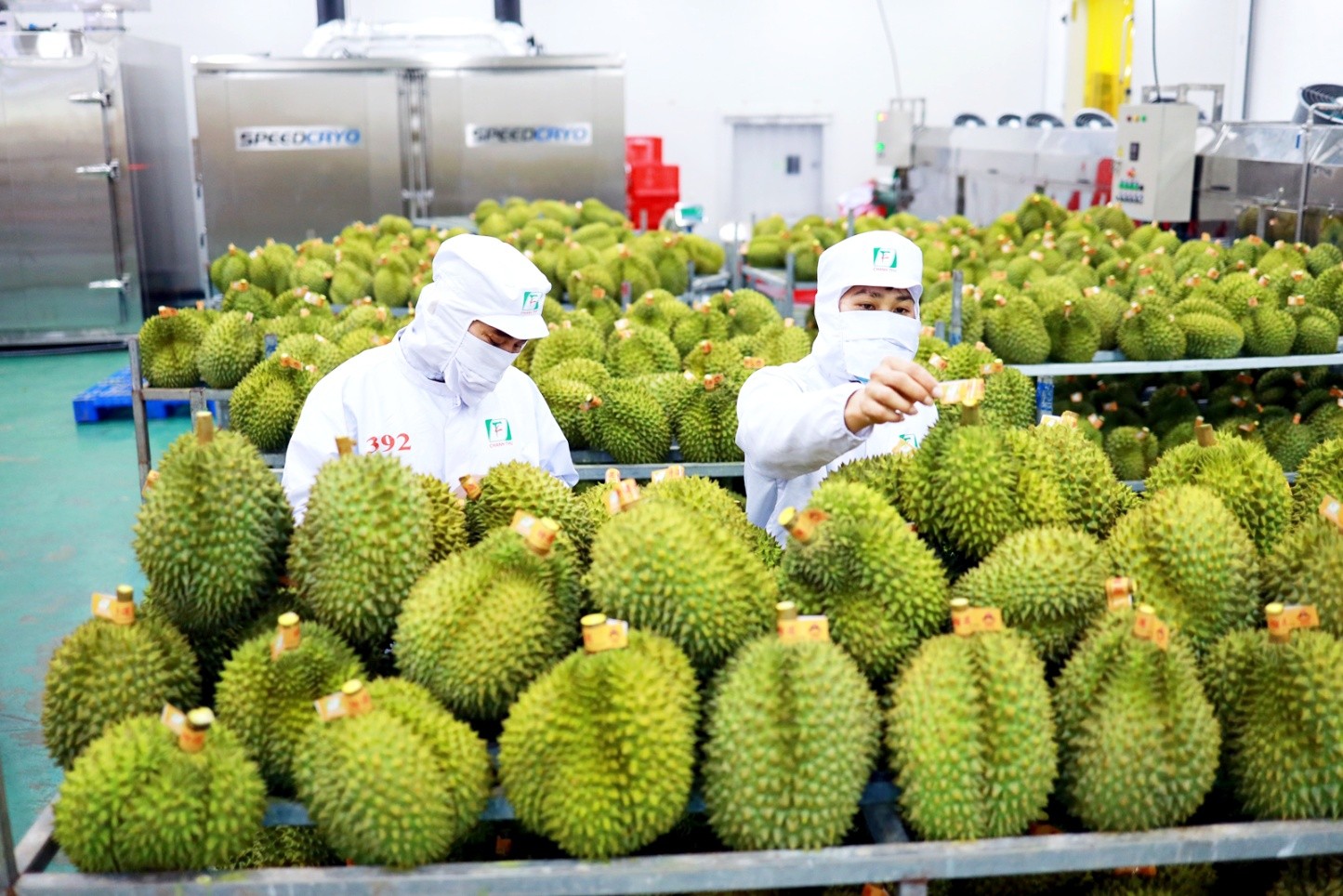 |
| Durian is the "champion" in the group of fruit and vegetable exports of Vietnam. (Photo: Government Portal) |
On the association's side, to maximize potential and overcome challenges, according to Mr. Dang Phuc Nguyen, Vietnamese enterprises need to make more efforts.
Firstly, grasp the production season of domestic fruits and vegetables in China to have countermeasures or adjust the production schedule of Vietnamese export products to avoid competition such as dragon fruit, banana, mango, longan, lychee, watermelon; improve product quality. Invest in production and processing technology, apply international techniques and standards to ensure quality and food hygiene and safety; import or research advanced technologies for preserving and processing fruits and vegetables to create optimal conditions to extend the "selling" time of Vietnamese fruits and vegetables.
Second, build a brand and implement traceability. Create a good image for Vietnamese fruit and vegetable products in the Chinese market to gain the trust of Chinese consumers in the quality of Vietnamese fruit and vegetable products through good production practices such as VietGap, Global Gap. Products must have beautiful packaging, clear labels and easy traceability of origin to create peace of mind for consumers.
Third , diversify products and expand markets and goods. From there, coordinate with Vietnamese trade offices in China to not only focus on wholesale markets but also expand to large supermarkets and niche markets deeper inland. Pay attention to exploiting provinces and local areas in Northern China such as Shandong, Beijing, Shanghai, etc.
Fourth , cooperate with partners. Combine with Chinese enterprises to jointly build a supply chain and distribute Vietnamese fruit and vegetable products exported to China in the spirit of mutual benefit.
Source: https://congthuong.vn/co-hoi-va-thach-thuc-khi-xuat-khau-rau-cu-qua-chinh-ngach-sang-thi-truong-trung-quoc-358307.html


![[Photo] National Assembly Chairman Tran Thanh Man holds talks with Hungarian National Assembly Chairman Kover Laszlo](https://vphoto.vietnam.vn/thumb/1200x675/vietnam/resource/IMAGE/2025/10/20/1760952711347_ndo_br_bnd-1603-jpg.webp)
![[Photo] The Steering Committee of the 2025 Fall Fair checks the progress of the organization](https://vphoto.vietnam.vn/thumb/1200x675/vietnam/resource/IMAGE/2025/10/20/1760918203241_nam-5371-jpg.webp)

![[Photo] Solemn opening of the 10th Session, 15th National Assembly](https://vphoto.vietnam.vn/thumb/1200x675/vietnam/resource/IMAGE/2025/10/20/1760937111622_ndo_br_1-202-jpg.webp)

![[Photo] Chairman of the Hungarian Parliament visits President Ho Chi Minh's Mausoleum](https://vphoto.vietnam.vn/thumb/1200x675/vietnam/resource/IMAGE/2025/10/20/1760941009023_ndo_br_hungary-jpg.webp)
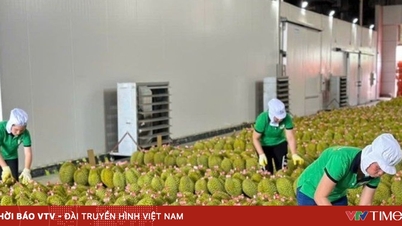



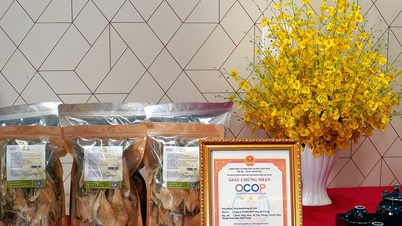










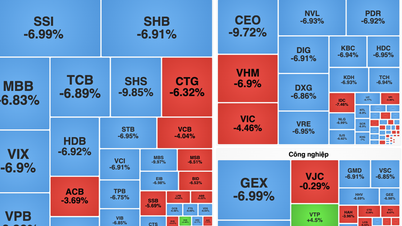



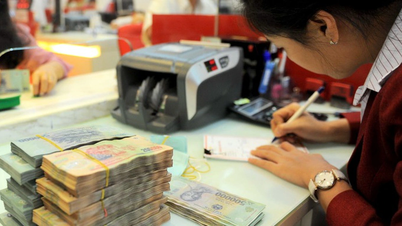
































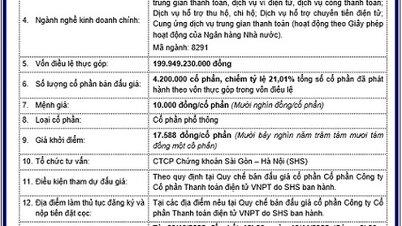


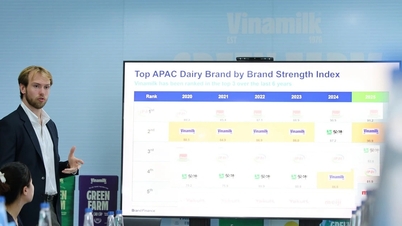






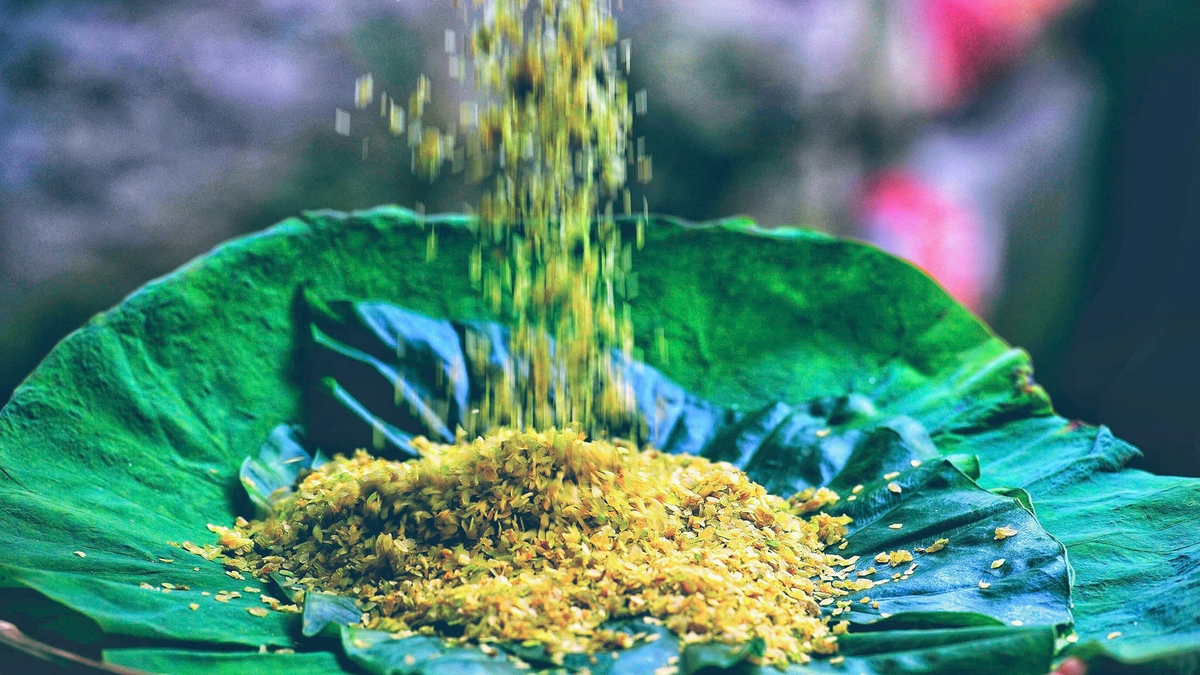



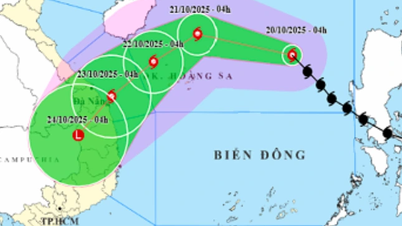





















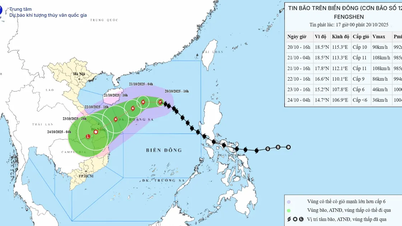














Comment (0)